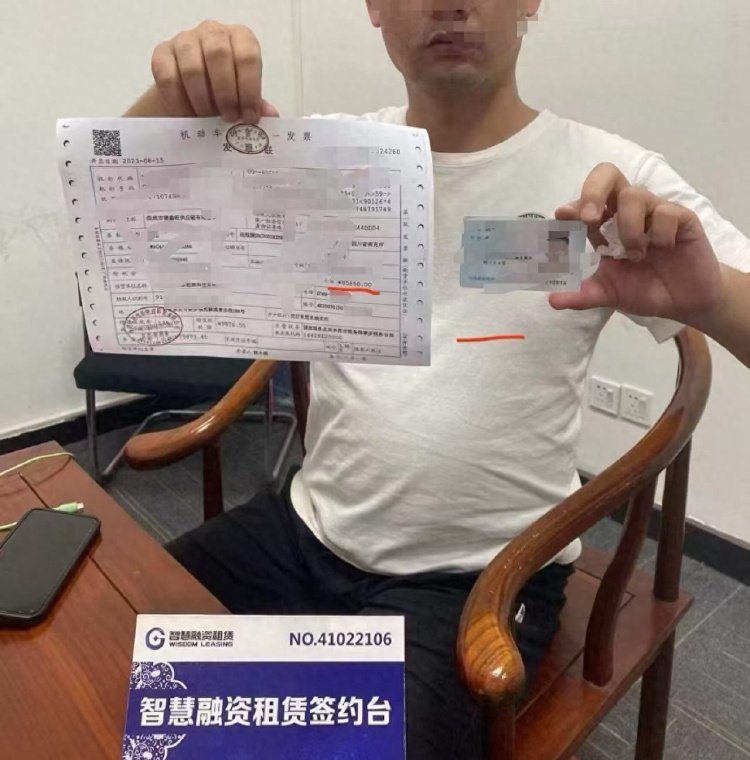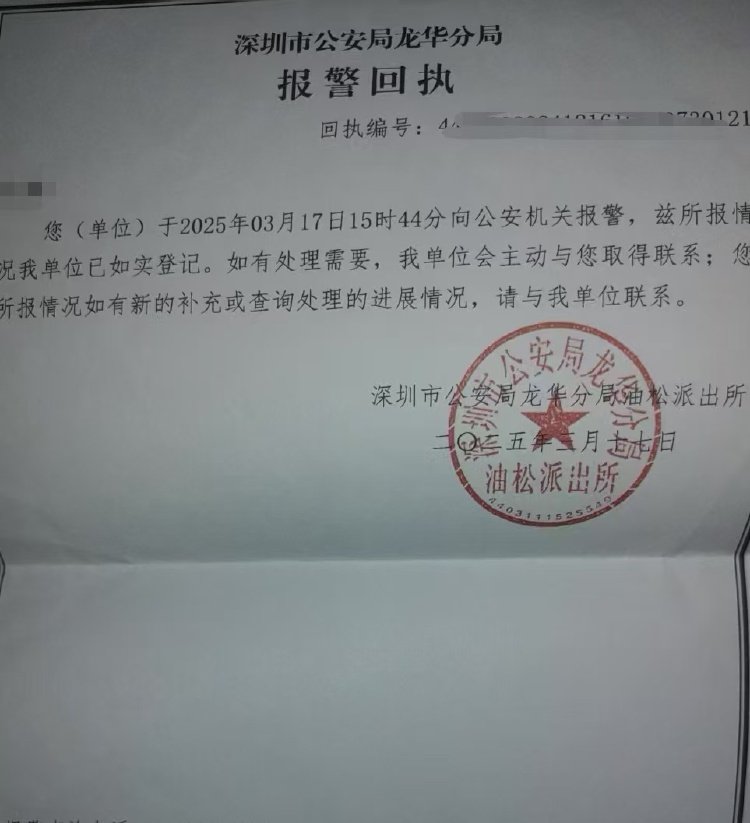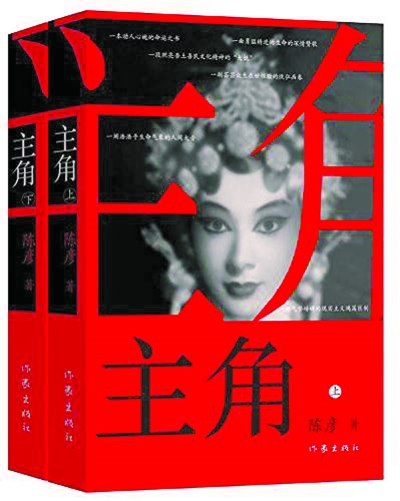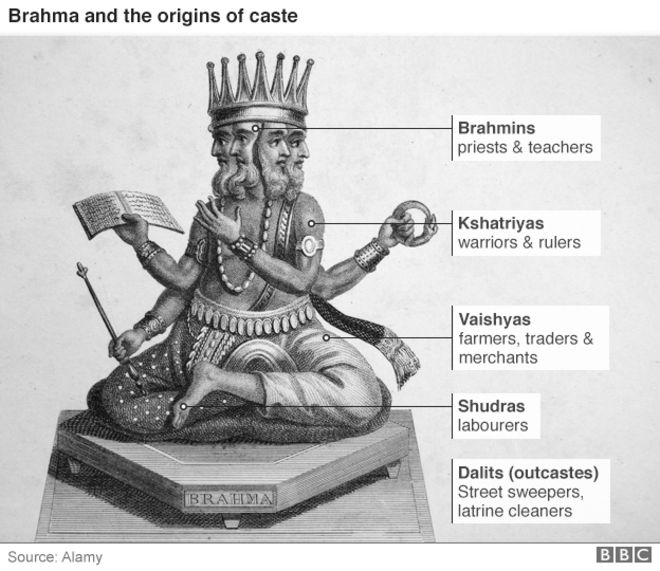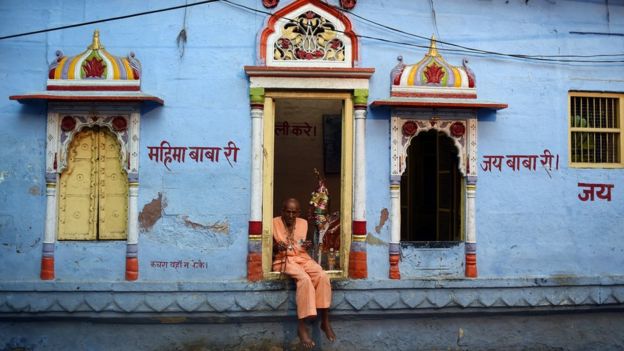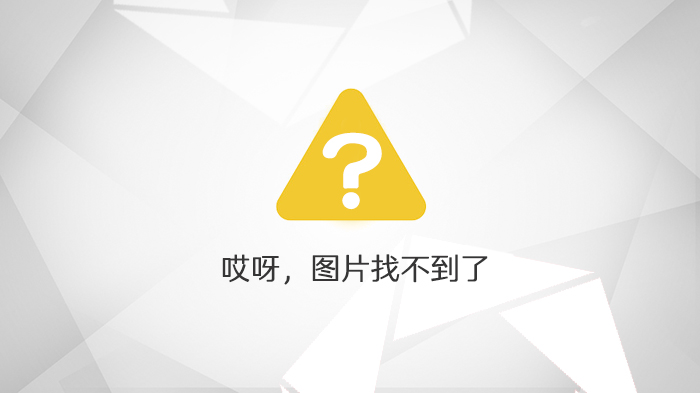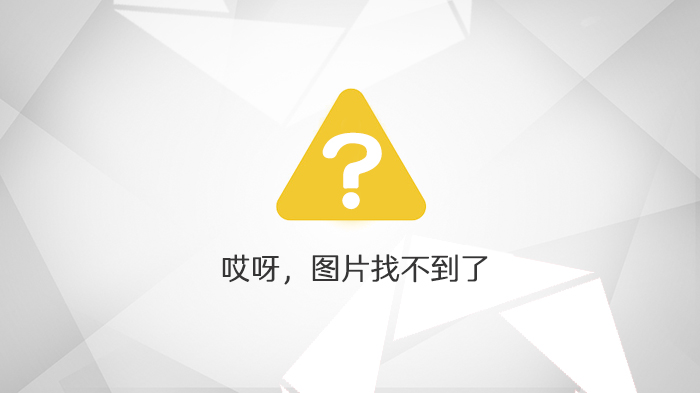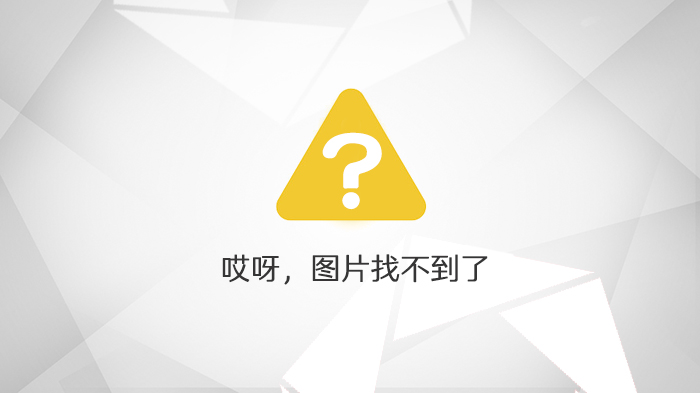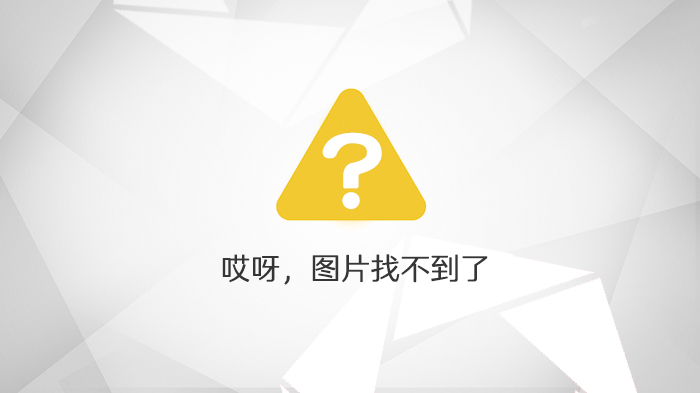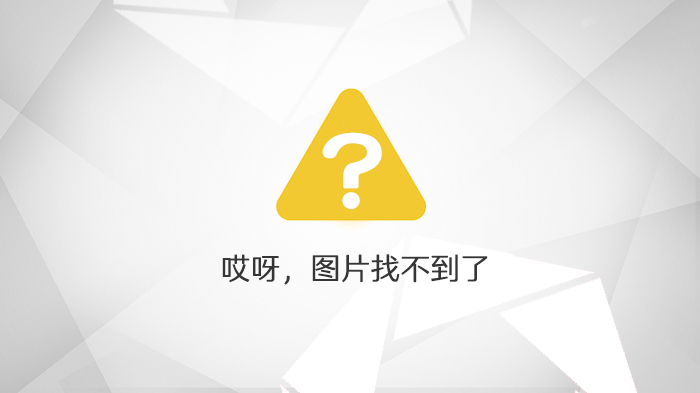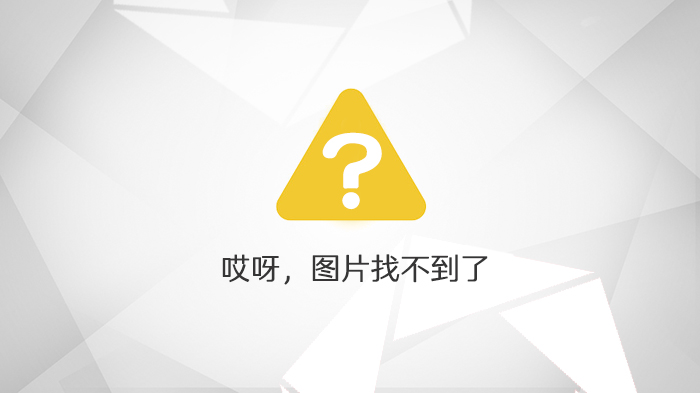A-share new outlet, completely on fire
The new concept of A-share "AI mobile phone" is completely on fire.
Voice sets alarm clock, voice turns to text, jumps to search page, chats with you … This is what you think of as mobile phone AI.
Your real personal assistant only needs to tell your mobile phone what you are going to do, and the mobile phone will do all the other things for you … This is actually the current mobile phone AI.
The industry believes that AI mobile phones will become the third stage of the mobile phone industry after functional machines and smart phones.
Today, () added the concept index "AI mobile phone". This concept has also become the "most beautiful child" in today’s A-share market, with the highest increase in the sector.
On the whole, the market fluctuated and rebounded all day, the GEM index led the gains, and AI concept stocks continued to be active. At the close, the Shanghai Composite Index rose 0.41% to 3039.31 points, the Shenzhen Component Index rose 0.04% to 9438.24 points, and the Growth Enterprise Market Index rose 0.59% to 1834.83 points. In terms of sectors, liquid-cooled servers, CRO, assisted reproduction, and computing power leasing were among the top gainers. The turnover of Shanghai and Shenzhen stock markets exceeded 1 trillion yuan for the fourth consecutive trading day, which was 21.9 billion yuan more than the previous trading day.
In fact, the recent AI direction has ushered in a number of favorable catalysis:
On March 1st, the National Bureau of Data, together with the National Development and Reform Commission and the Ministry of Industry and Information Technology, focused on giving full play to the network transmission efficiency of "East Counting and West Computing". After the State-owned Assets Supervision and Administration Commission emphasized speeding up the construction of a number of intelligent computing centers last month, the domestic computing infrastructure is expected to usher in a new round of great development.
On March 2nd, Zheng Shanjie, Party Secretary and Director of the National Development and Reform Commission, recently investigated the development of artificial intelligence industry in Beijing, and communicated with many research institutions and enterprises, encouraging everyone to actively adapt to the trend of scientific and technological revolution and industrial transformation, strengthen technology research and development, expand the application of industry empowerment, and accelerate the high-quality development of China’s artificial intelligence industry.
Tim Cook, CEO of Apple, said at the company’s annual general meeting on February 28th that Apple plans to disclose more plans to use generative artificial intelligence later this year. This is also the strongest signal that the technology giant has released to embrace the generative artificial intelligence boom so far.
Dell, a veteran notebook computer manufacturer, also ushered in a feast because of the AI server. Last Friday, Dell jumped more than 31%, and its share price hit a new high since its listing. In the fourth fiscal quarter ended February 2, sales of Dell AI servers increased, and the company’s net profit far exceeded market expectations.
From the perspective of net inflow of funds, AI ETF of artificial intelligence has received a continuous net inflow of funds in the past 10 days, with a total "gold absorption" of 349 million yuan, with the latest scale reaching 2.248 billion yuan, a record high of nearly one year.
() It is indicated that with the disclosure of the annual report in 2023 and the first quarterly report in 2024, the fundamental clues of leading companies represented by computing power continue to appear, and the main promotion segment will be further developed. From this perspective, with the gradual realization of fundamental clues, this round of AI market interpretation is expected to exceed the first half of last year.
AI hardware direction continues to be active.
On March 4th, the concept index "AI mobile phone" was added to the straight flush, and related concept stocks broke out in an all-round way.
In the news, the sales volume of Samsung’s first AI mobile phone Galaxy S24 exceeded 1 million in just 28 days after it was launched in South Korea, and the sales volume of S-series mobile phones was the fastest to break the million record.
At the recent 2024 Mobile World Congress, AI mobile phones became the focus of the exhibition. Many mobile phone manufacturers, including OPPO, Glory, Xiaomi, Samsung, etc., have demonstrated new mobile phones featuring AI functions.
According to the forecast of IDC, an international data company, the shipment of a new generation of AI mobile phones will rise sharply from 2024. It is estimated that the global shipment will reach 170 million units, accounting for 15% of the total smartphone shipments, which indicates that a new replacement tide is coming.
Since the beginning of this year, mobile phone manufacturers have increased their research and development and application promotion of AI technology. Vendors from OPPO, Meizu to realme have announced that they will fully invest in the AI field and plan to launch more valuable AI applications. The industry defines 2024 as "the first year of AI mobile phones", and it is expected that generative AI will be widely used in mobile terminals in the future.
Guojin Securities believes that the AI mobile phone boom is coming, and it will continue to be optimistic about AI and demand for the industrial chain. The continuous upgrading of large models has driven the demand for AI chips, AI servers and 800G optical modules to continue to be strong. The demand for mobile phones is gradually improving. In January 2024, the domestic market shipped 31.77 million mobile phones, a year-on-year increase of 68%. On the whole, the fundamentals of electronics are gradually improving, and AI empowers consumer electronics, which is expected to bring new demand for machine replacement, and it is optimistic about the AI-driven, demand recovery and self-controllable benefit industry chain.
The concept plate of liquid-cooled server also stands out in the market. () "20CM" daily limit, (), () and other daily limit.
With the increase of chip power and server power consumption, liquid cooling technology has become an efficient temperature control means because of its advantages of low energy consumption, high heat dissipation and low noise.
NVIDIA GTC 2024 will be held soon, and Huang Renxun will show up to announce the latest chip B100 GPU. According to media reports, the cooling technology of B100 will be upgraded from air cooling to liquid cooling. It is reported that the heat dissipation technology of all products in NVIDIA will be changed from air cooling to liquid cooling from B100.
IDC predicts that in 2027, the market size of liquid-cooled servers in China will reach $8.9 billion. At the same time, the data shows that cold plate liquid cooling has become the mainstream of liquid cooling data center, accounting for 90% of the liquid cooling server market in China.
Huajin Securities said that liquid cooling technology can better meet the needs of high-density cabinets and chip-level precision refrigeration compared with air-cooled systems. Due to the growing demand for AI servers, the upgrading of cooling products is expected to accelerate, and the future expectation of water cooling is better.
The concept of assisted reproduction is bright.
The concept stocks of assisted reproduction performed brilliantly today, with () and () daily limit and () rising by more than 15%.
According to the news of the National Medical Insurance Bureau on March 4, the National Medical Insurance Bureau has continuously improved and implemented active fertility support measures. Since its establishment in 2018, the list of medical insurance drugs has been adjusted to include eligible fertility support drugs such as bromocriptine, triptorelin, clomiphene citrate and other ovulation-promoting drugs into the scope of medical insurance payment. In the next step, the National Medical Insurance Bureau will continue to guide relevant provinces to further improve the establishment of assisted reproductive medical services and the management of medical insurance payment, and strengthen departmental coordination to promote the matching of basic medical insurance, maternity insurance and related economic and social policies to jointly promote long-term balanced population development.
Previously, after the National Health and Health Commission and other 17 departments proposed in July 2022 to gradually incorporate appropriate technologies for assisted reproduction into medical insurance, assisted reproduction was included in medical insurance in many places.
In October 2023, according to the website of Guangxi Zhuang Autonomous Region Medical Security Bureau, medical services such as "IVF" were included in medical insurance from November 1.
In June 2023, Beijing Municipal Medical Insurance Bureau issued a notice, starting from July 1, 16 therapeutic assisted reproductive technology projects will be included in the scope of reimbursement of basic medical insurance in Beijing, and newborns in Beijing can enjoy medical insurance benefits at birth.
CITIC Securities predicts that in 2024, some assisted reproductive projects are expected to be further incorporated into commercial insurance and even medical insurance in various regions, the accessibility of related services is expected to be further improved, and the industry penetration rate is expected to continue to increase.











